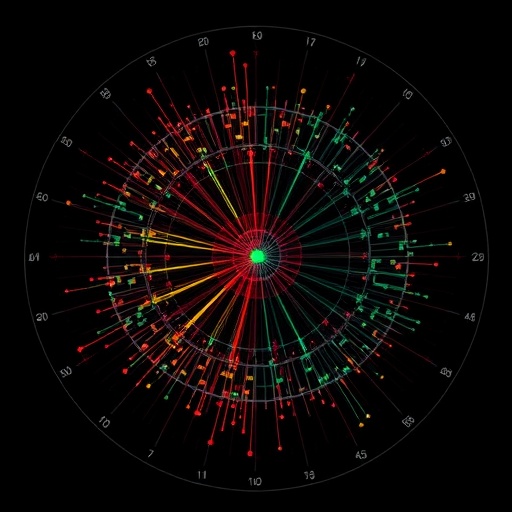EU project ‘STRONG-2020’ brings together 44 institutes from all over Europe conducting research on the strong interaction
The theoretical and experimental studies of the strong interaction, which is the force that holds the atomic nuclei together, are still facing a number of open questions. Now researchers from 36 countries joined forces in the STRONG-2020 project, a four years Integrating Activity for Advanced Communities sponsored by the European Union within its Horizon 2020 funding program. Among them are also researchers from Johannes Gutenberg University Mainz (JGU).
Everybody knows the gravitational force that makes an apple fall to the ground. We also know the electromagnetic force that stands behind all this. However, we humans do neither have a sense in grasping the strong interaction nor do we immediately feel its effects in everyday life. But the strong interaction is always there – keeping the atomic nuclei together. Scientists all over the world are still dealing with many unanswered questions regarding this force, such as for example: Why does the radius of a proton vary with the method of measurement?
Strong collaboration for STRONG-2020
The EU “STRONG-2020” project brings together many of Europe’s leading research institutions and groups working in the field of the strong interaction to address those open questions and probably even possible medical applications. The STRONG-2020 Consortium includes 44 participant institutions from 36 countries, among them the JGU Institute of Nuclear Physics with its MAMI electron accelerator and the Helmholtz Institute Mainz (HIM). “The project will start in the summer of 2019 and will be financed with EUR 10 million,” said Professor Frank Maas from the Institute of Nuclear Physics at Mainz University.
STRONG-2020 includes four funding instruments: It provides transnational access to six world-class research infrastructures in Europe, among them the MAMI electron accelerator at Mainz University, the COSY particle accelerator at Forschungszentrum Jülich, or one of the accelerators at CERN, which complement each other in particle beam characteristics. Secondly, it provides virtual access to open-source research data, algorithms, and software. Furthermore, STRONG-2020 fosters the synergy between theoreticians and experimentalists and their networks developing new ideas and concepts. Last but not least, all work to be funded within the STRONG-2020 project must be interlinked, concentrate on current research topics, and benefit the scientific community as well as society.
Mainz University receives EUR 1 million
More than EUR 1 million of the total project budget of EUR 10 million goes to Johannes Gutenberg University Mainz. “Most of this goes into providing transnational access to the Mainz Microtron MAMI, which brings researchers from all over the world to Mainz,” said Maas, who coordinated the funding proposal with colleagues from Germany, France, Italy, and Sweden. “The remainder is earmarked to support virtual access, networks, and collaborative research on a variety of hadron physics issues involving physicists from Mainz.”
###
Media Contact
Dr. Frank Maas
[email protected]
http://www.





